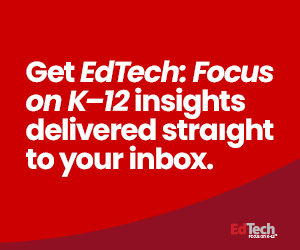What Makes Infrastructure ‘AI-Ready’ for Schools?
As schools build AI infrastructure, they need to understand how they plan to use the technology, says Attaie.
“This means identifying how AI can enhance teaching, learning and operations before making any purchasing or implementation decisions,” he says.
AI readiness also requires proper training, Attaie notes. For example, IBM’s SkillsBuild program teaches tech professionals how to gain practical skills in AI, and the watsonx Challenge ensures that staff and educators know how to use hybrid cloud and AI tools, he adds.
“Training should cover AI literacy, prompt engineering and ethical AI use,” Smith says. “With the right skills, educators can effectively use AI’s capabilities while protecting student well-being.”
AI readiness in schools is also defined by reliable high-speed connectivity, Smith says. Bandwidth needs are increasing with the volume of data that schools produce.
LEARN MORE: Access exclusive data about the AI landscape.
Hybrid Cloud vs. On-Premises for K–12 AI Tools
A school district’s particular use cases, resources and security requirements dictate whether a hybrid model or on-premises is best, according to Attaie.
“Hybrid cloud environments often provide greater flexibility and scalability for AI tools, allowing schools to leverage both local and cloud-based resources as needed,” he says.
Smith notes that this scalability allows schools to experiment with AI tools without expensive hardware upgrades. Meanwhile, on-premises systems can bring costly purchases of new servers and time-consuming installation, she adds.
“Together, hybrid cloud and AI-ready infrastructure give districts the best of both worlds: the agility to experiment with new AI tools and the structure to manage them responsibly,” Smith says.
Cloud services on a subscription model bring cost efficiency, according to Smith. “This reduces ongoing maintenance costs and enables faster adoption of new functionality,” she says. “On-premises systems, however, demand significant upfront capital for hardware and software, along with higher maintenance requirements.”














